13 Surprising Hazards in the Kitchen
Many hazards in the kitchen are obvious. Knives are sharp, or at least they should be. The stove is hot. But there are other common kitchen hazards you may not be aware of.
These thirteen surprising hazards are things that doctors like me want you to know. Because we’re the ones in the emergency rooms and clinics taking care of people just like you with these injuries and complaints.
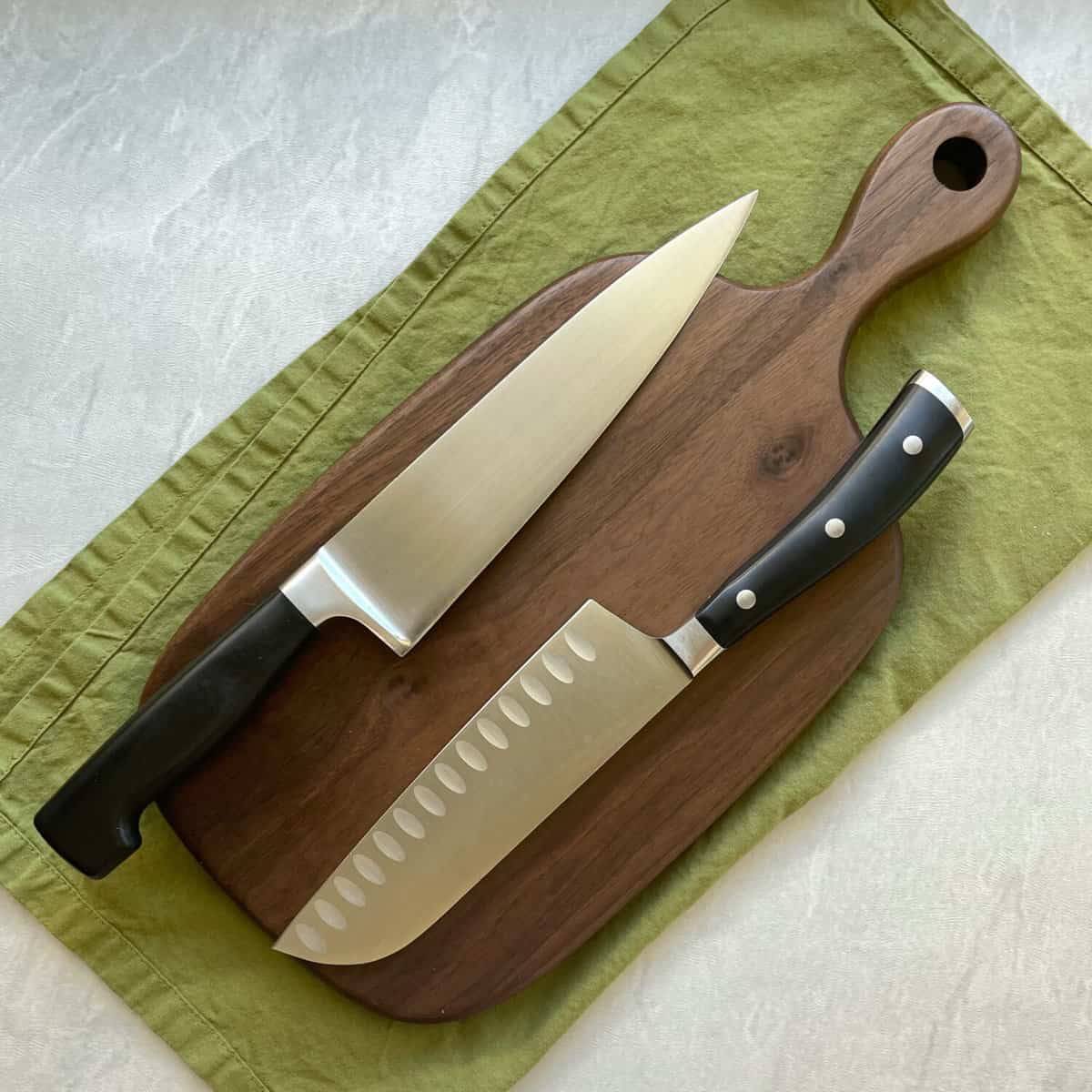
Jump to:
Background story
I recently read another food blog where the blogger recommended using hot tap water to make a simple syrup for cocktails. Wait, I thought. Didn’t she know you’re not supposed to use hot tap water for cooking or drinking?
This started me thinking. I know emergency room physicians who won’t own trampolines. As an infectious disease doctor, I avoid bats, and I won’t eat sprouts.
So I asked a group of physicians to share their top food and kitchen-related concerns. This list we came up with doesn’t include all of the hazards in the kitchen. But I’ll bet that you don’t know them all.
Cuts
If you spend any time cooking you will probably cut yourself, as cuts are the most common kitchen injuries. But here are three situations where you really should be paying attention.
Hazard #1: Bagels
Cutting bagels results in an astonishing number of ER visits because people hold them palm up while they cut down towards their hand. It’s the same thing with avocados and mangoes.
There’s one simple solution to reducing this risk. Don’t do it. Always cut away from yourself. You can see how I cut a mango in the post below.
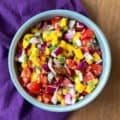
Hazard #2: The Mandoline
Treat your mandoline like the dangerous creature it is. I love mine because it makes thin, even slices. Thin slices are what you need when you’re making ratatouille, carrot salad, or dried apples.
If you use the mandoline frequently and want to keep your fingertips, use a food holder or consider buying cut resistant gloves. These gloves also work so you don’t remove your knuckle on a box grater too!

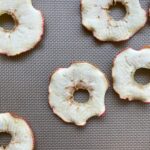
Hazard #3: Hand-Held Blenders
Hand-held blenders also got special mention from my ER colleagues, who talked about injuries that happened when people tried to unjam the blender without first unplugging it. Why do people do this? If you’re pureeing soups or sauces, and something gets stuck in your blender, please unplug it before sticking a finger into it!
While we’re at it, please don’t stick metal forks into your toasters either.
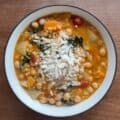
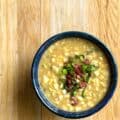
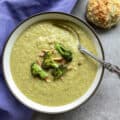

Burns and Other Skin Reactions
Just like cuts, most cooks probably get at least a minor burn once in a while. You already know that the oven gets hot. And you shouldn’t deep fry while naked. But here are two unusual ways you can get burned:
Hazard #4: Chili Peppers
If you’re like me and like using chili peppers to make spicy food, be careful of the chili oil on your fingers. Speaking from my own experience, chili oil in your eyes can be both extremely painful and ruin your contacts. Other docs told stories of getting oil on other sensitive bits.
You can prevent this by cutting your chili peppers while wearing kitchen gloves or holding them with a plastic grocery bag. If you do get chili oil in your eye, eye doctors recommend washing the eye with a sterile solution and not milk, as you might find recommended by Dr. Google.
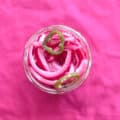
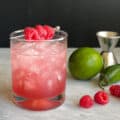
Hazard #5: Lime Juice and Other Photosensitizing Chemicals
Did you know that if you get lime juice on your skin and then go out in the sun, it can make you more likely to sunburn? The official name for this is phytophotodermatitis. Something to watch out if you’re making key lime pie or margaritas. Who knew?!
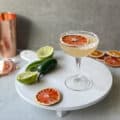
Food-Borne Infections
You probably already know the food safety rules that meats need to be cooked, and you shouldn’t leave things with mayo out on a hot summer day. While there are few foods that are truly 100% safe from being the source of food poisoning, there are a few surprises out there. Just look at the Jif peanut butter recall of 2022.
Hazard #6: Raw Flour
Public Health likes to warn you that eating raw or under-cooked eggs can be a risk. But did you know that there have been E. coli outbreaks linked to flour, and the FDA says heat-treating at home isn’t sufficient? It’s yet another reason to save snacking on that cookie dough until you’ve made your chocolate chip cookies.
Hazard #7: Washing Raw Chicken
Speaking of the FDA, they warn against the avocado in water hack and the common practice of cleaning raw chicken by washing it. Both of these things just spread bacteria around and make you more at risk. So if you’re having chicken for dinner, don’t clean it. And please wash your hands.
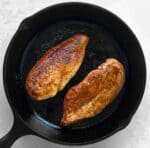

Hazard #8: Rice and B. cereus
How to reheat rice safely was another topic that came up among the doctors I asked. One of the classic infectious disease board questions is about the association between rice and a spore-forming bacteria called Bacillus cereus.
The biggest risk with rice is due to improper storage. You shouldn’t keep rice out all day. It should be cooled quickly within an hour of making it and reheated until it is very very hot. Only once.
Hazard #9: Honey and infants
Avoid giving honey in any form to children under 12 months old. Whether raw, pasteurized, or baked into bread, honey can have viable spores that can cause infant botulism. Infant botulism is different from other food-borne botulism that people get with unsafe canning. That’s caused by the toxins produced by growing bacteria.
Oh, and if you insist on eating sprouts, here are some things you can do to reduce the risk.

Chemical hazards
There are lots of chemicals in the kitchen, whether they’re things for cleaning or food-grade lye for making pretzels and pretzel bread. If you’ve got kids, you already know to keep things out of reach of little hands. But here are two other things that could put you at risk.
Hazard #10: Hot Tap Water
The hot tap water thing. The EPA and others recommend using only cold tap water for drinking and cooking because hot water is more likely to leach lead and other chemicals from your pipes and hot water heater.
Many homes are starting to have instant hot water taps, and so I asked the EPA folks about this. This was their response:
“If you know that your home’s water infrastructure is compliant with the 1986 Lead Free Rule (which it should be if your home was constructed after the implementation of this rule), then you should not worry about lead leaching into your drinking water. For information on the Lead Free Rule, please see: https://www.epa.gov/sdwa/use-lead-free-pipes-fittings-fixtures-solder-and-flux-drinking-water
Hot water tanks can collect lead and concentrate it in hot water, which is why EPA still recommends using cold water when intending to ingest water.”
I’m not sure that totally answered my questions. Which is why I’ll continue to use cold water when I make simple syrup.

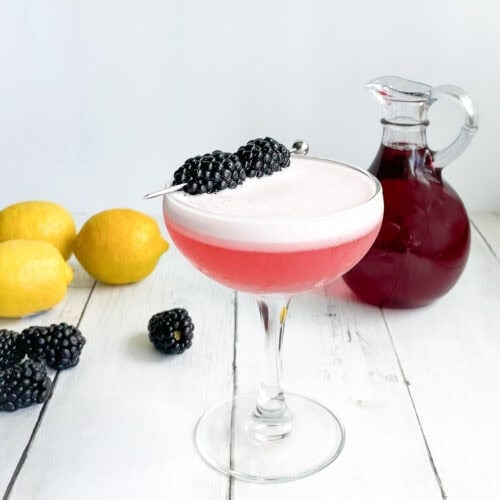
Hazard #11: Cooking with Gas
Here’s one I didn’t know. Did you know that cooking with natural gas has been associated with childhood asthma and other respiratory illnesses? That, plus environmental reasons, is why several U.S. cities have started to pass laws limiting the use of natural gas.
Things that send people to the doctor unnecessarily
While the above kitchen hazards lead to illnesses and injuries that do need attention, there are other things in your kitchen that aren’t dangerous. But some still send tons of people to the Emergency Department.
Hazard #12: Beets
Beets should come with a warning label that says “Consumption of beets can lead to red urine or bowel movements.” Having red or pink urine after eating beets, called beeturia, is really common and doesn’t need evaluation. So if you want to use red beets in my Rainbow Salad Bowl, please do. Just remember that you ate beets when you get concerned the next day.

Hazard #13: Bismuth
On a related note, ingesting Pepto bismol and other things that contain bismuth can turn your tongue and bowel movements black. While having black BMs can be a sign of bleeding somewhere in the upper gastrointestinal tract, please don’t panic if you’ve been popping Pepto.
FAQs about the hazards in your kitchen
Keep your knives sharp and learn how to handle them. Dull knives are more likely to slip.
If you burn yourself on a hot pan or the side of the oven, the first thing is to immediately cool the burn with cold running water or ice. Here’s a nice summary from Mayo Clinic about what to do next.
The Centers for Disease Control and Prevention says to scrub all your fruits and vegetables under running water. They say specifically not to use bleach.
The USDA has a nice chart for that.
What’s next?
Did any of these hazards in the kitchen surprise you? Want to share something that I didn’t include? Leave a comment or send me a message and let me know.
Are you an adventurous home cook looking for inspiration in your weeknight meals and weekend baking? Get inspiration here:
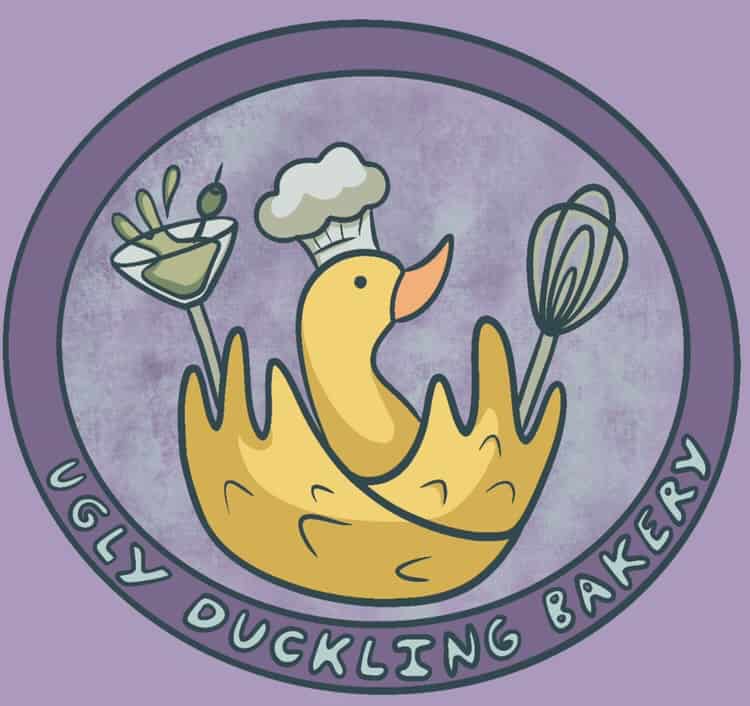
Comments
No Comments